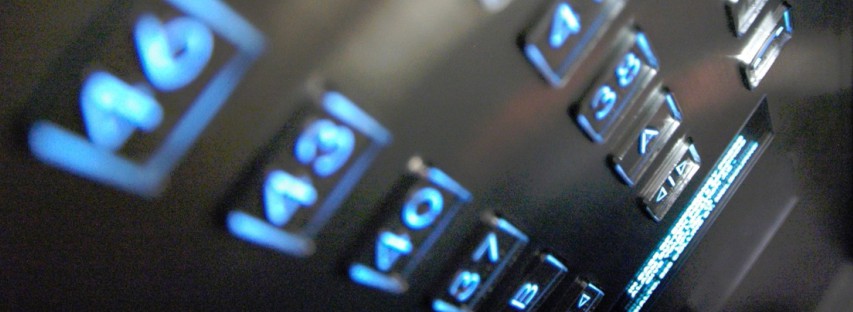Brevity is the soul of wit
– William Shakespeare
The Idea: How often has someone asked you the question “what do you do?” And how many times have you started a conversation with a potential customer fumbling over why you are distinct, valuable, and necessary? Research reminds us that we all have twenty seconds to pique a recipient’s interest, twenty seconds to make a bid for an attention extension! Why is it that most of the time we fumble away the moment or transition into a tired old pitch?
Many times people talk too much, sound scripted, use too much jargon, and discuss what they do – not the problems they solve. Their words are far from compelling, not relevant, and do not invite deeper discussion.
In contrast, the very best have their ideas and positioning down cold, allowing them to be present, improvisational and attentive. They have become one with their message, allowing them to stay in the moment. And they are highly relevant.
So you meet someone at a business function – now what? All great elevator speeches embody two characteristics.
A compelling elevator pitch is shared in such a way that is interesting, stands out, and is conveyed in the person’s voice. What you do has to be communicated in your words, with originality.
Similarly, people who fix things are far more engaging (and valuable) than people who make statements or promises. People who fix things also adapt their communication style to the customer’s needs and uncover their most pressing (hidden) problems. They address only what matters to their customers and are laser focused in their communication.
Now – here are the nine characteristics of a tight elevator pitch according to author Chris O’Leary: Concise: limit their words
- Clear: use simple language
- Compelling: explain the problem they can solve
- Credible: share proof
- Conceptual: don’t get bogged down
- Concrete: are tangible
- Customized: know who they’re talking to and speak their language
- Consistent: keep to the core of their message
- Conversational: don’t pitch others. Talk with them
Tell them what you fix, and give them some evidence or proof of your accomplishments with others. Use a results-based story of a customer you serve, how you helped them, and how the results were measurable. But be concise!
The irony is that great elevator pitches aren’t pitches; they are a give and take. In the best elevator pitches you only talk 20% of the time. You are listening, sensing and asking thoughtful questions.
A great elevator pitch must clearly answer two questions before you can move to the next level:
- Why should I care?
- How will your product or idea fix a problem of mine?
An effective elevator pitch educates, entertains, informs, and inspires. And it emotionally connects.
You only have twenty seconds to pique a recipient’s interest, twenty seconds to make a bid for an attention extension.
In twenty seconds can you share with me why I should care?
“Good things, when short, are twice as good.”
– Baltasar Gracian

